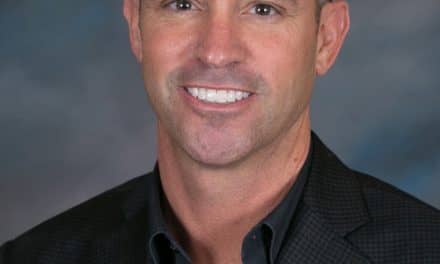by Christopher Piehler

A common element of an Extreme Makeover is a set of dental veneers that transforms a gray mess of dentition into a gleaming white arch. Now, I have nothing against veneers as such. The final step in my own orthodontic treatment will be a veneer on my peg lateral. However, as veneers get more and more visibility, it seems to me that there is the potential for the line between a cosmetic quick fix and a lasting, structural improvement to be blurred in a way that could hurt orthodontists and their patients.
For example, on October 17, on ABC-TV’s Eyewitness News in New York, there was a segment called “Fix your teeth without braces?” In it, Michael Ghalili, DDS, of New York University Dental School touts the advantages of veneers. They are less painful than braces, he says, and, “We can go step by step and almost guarantee the final result and functionality.” And then he delivers the coup de grace: “The most important thing is time. The procedure can be done within two visits.” The segment does point out that veneers are for adults only, but having heard that they can get the same smile in a less painful and faster way, what sane patient would consent to spending 24 months in wires and brackets?
This is where the AAO’s current “More Than a Smile” consumer awareness campaign comes into play. Today, any given orthodontic practice faces a number of competitors: other orthodontists, general dentists doing orthodontics, and now the creeping perception that the traditional 2-year process can be replaced by two appointments. As the September/October issue of The Bulletin says, “More Than a Smile” uses “factual substantiation and emotional appeals to communicate the physical, aesthetic, and emotional benefits that great smiles, created by AAO-member orthodontists, provide.”
Appealing directly to consumers strikes me as a smart business strategy. No matter how plentiful your referral sources, it is ultimately parents and patients who make the decision to enter treatment. And unless they clearly understand the difference between structural and aesthetic changes, they will take the “easier” option.
What do you think? I’d love to hear your opinion on this or other orthodontic topics.





